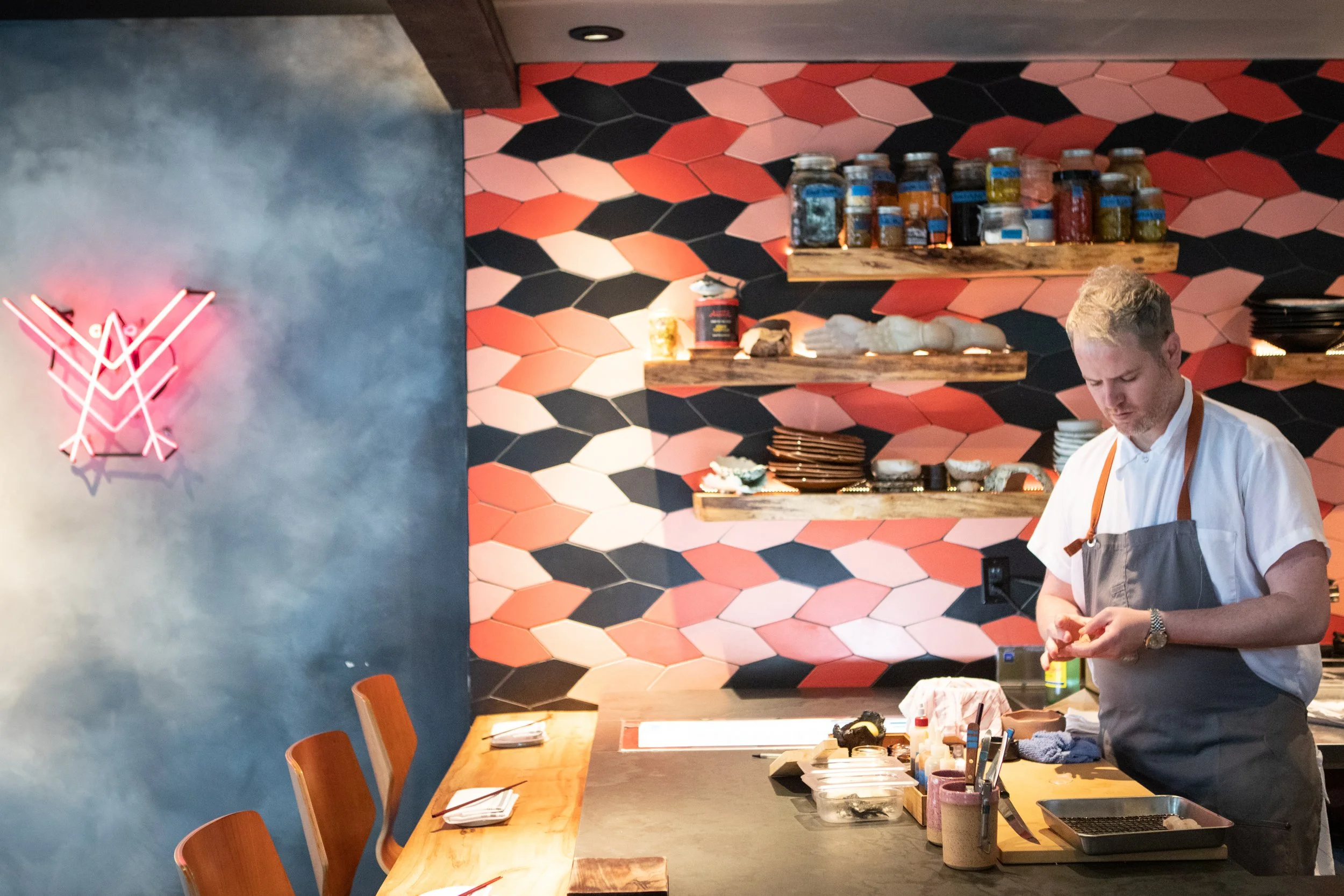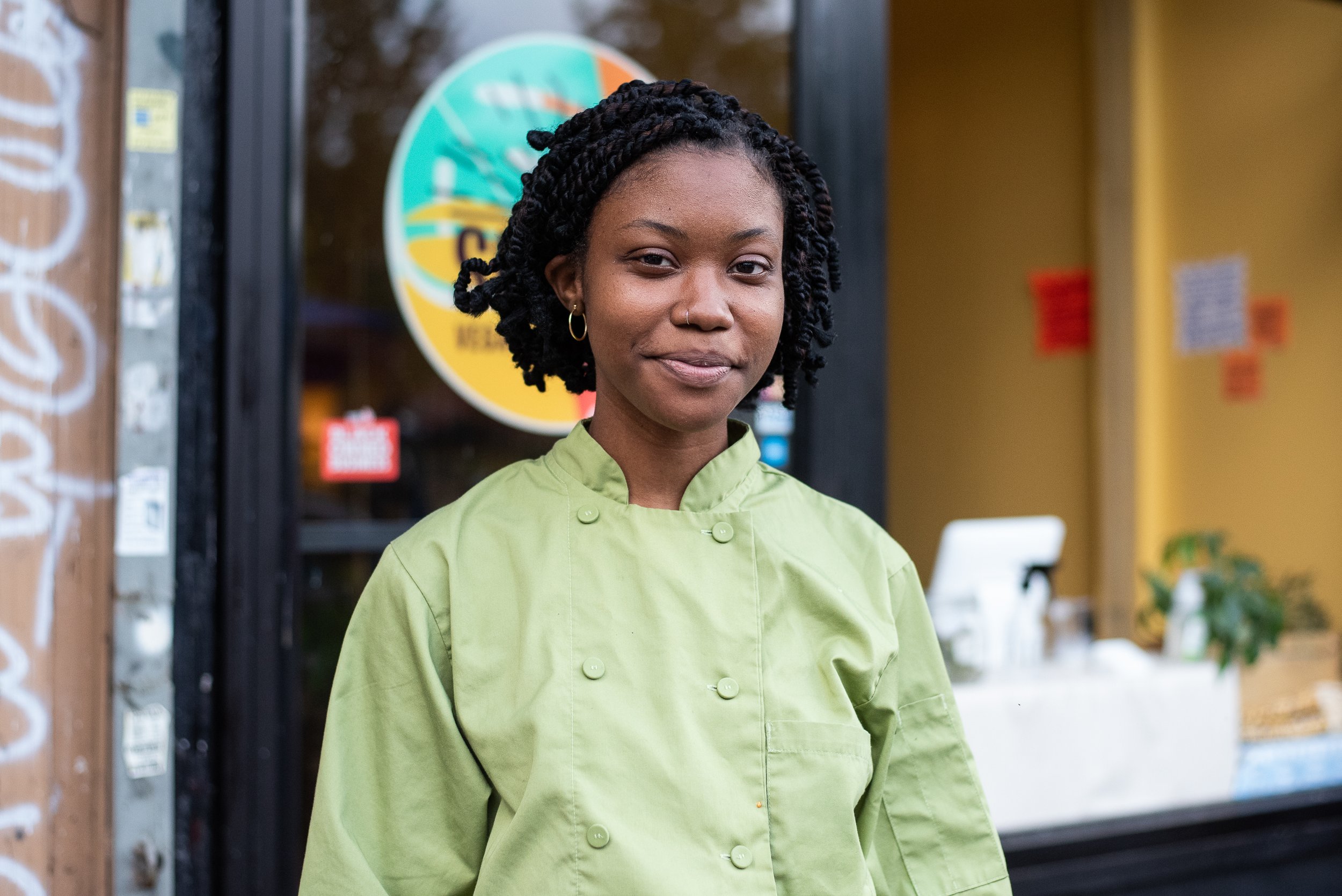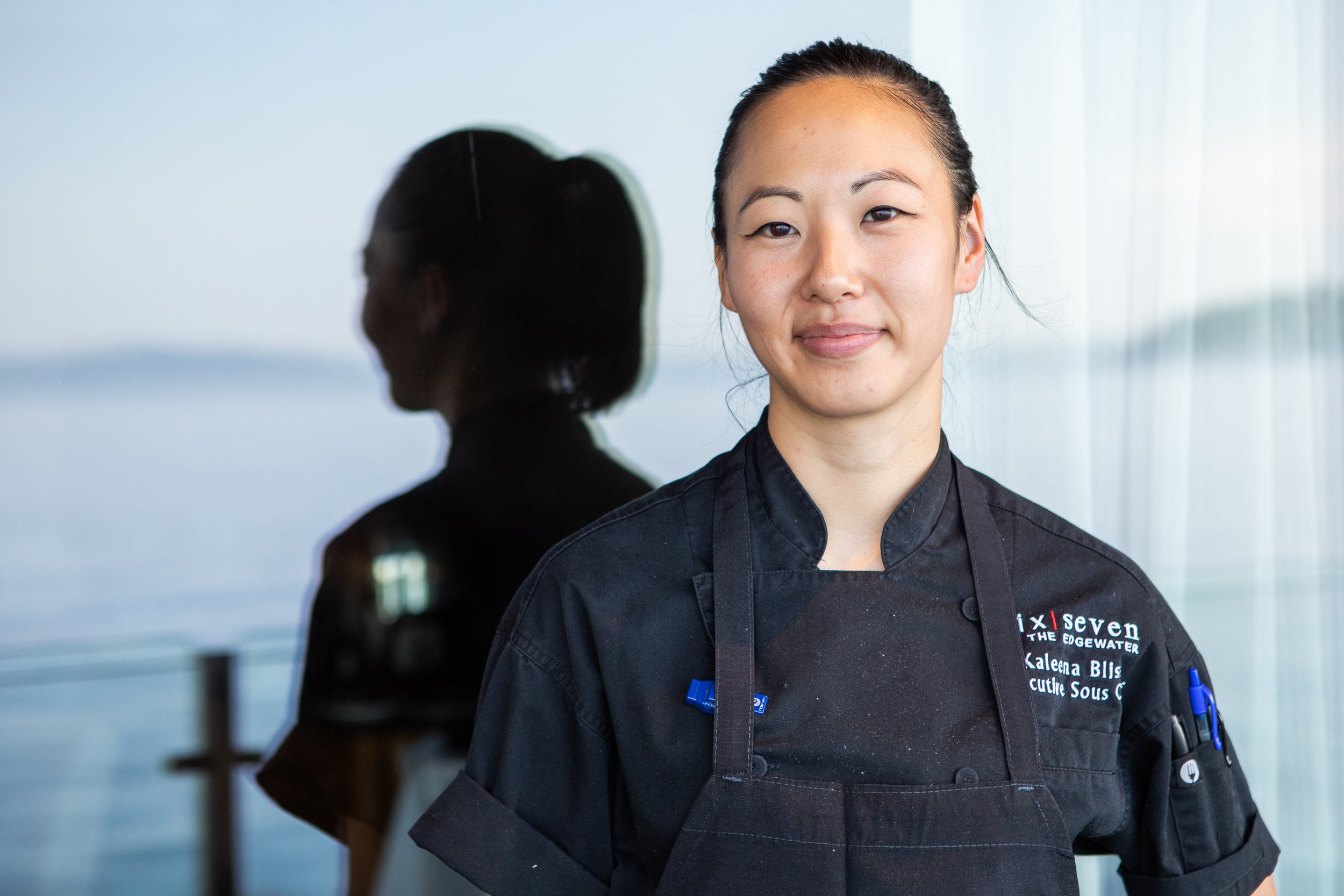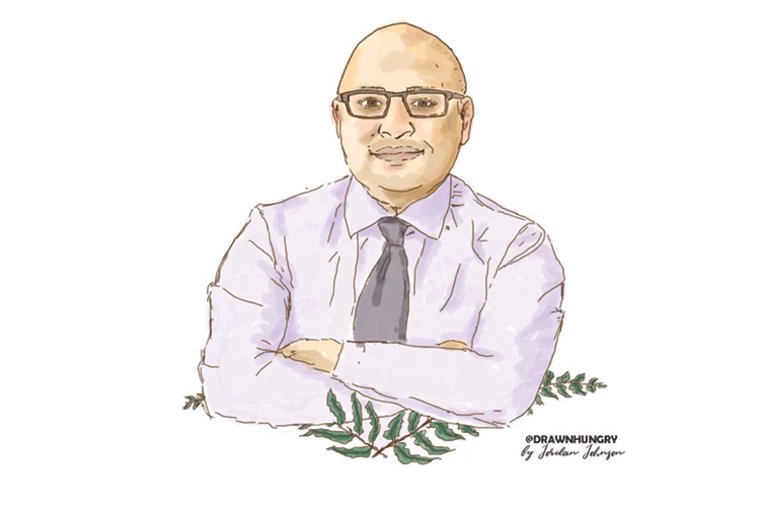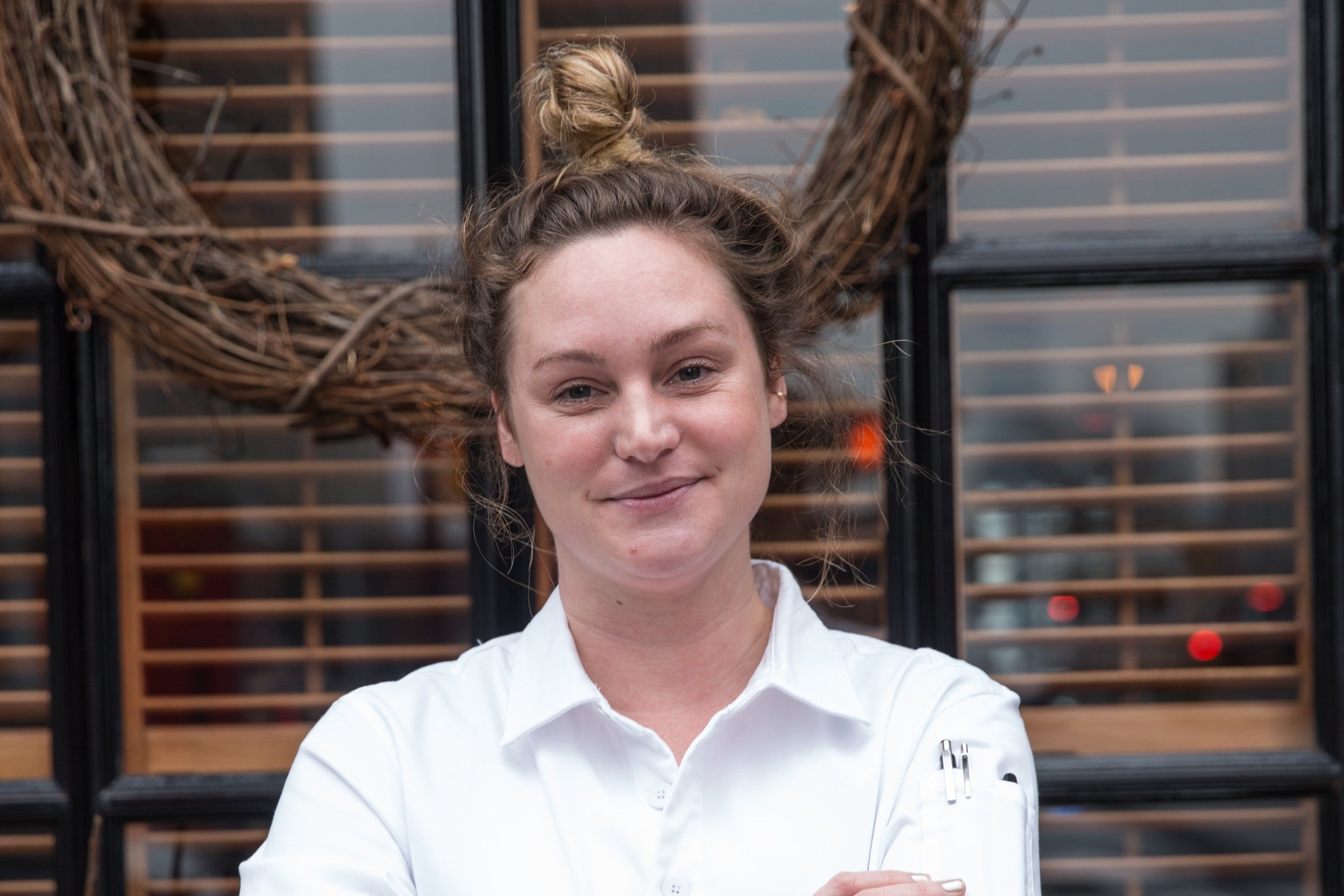Trends With Benefits
At Robin, Chef Adam Tortosa created a benefits program with perks ranging from the practical to the truly extraordinary.
Life in the hospitality industry is demanding, stressful, and full of pitfalls. But things are changing. Selfcare and work/life balance have become critical issues during the past few years. Restaurant professionals refuse to glamorize or glorify the all-or-nothing lifestyle anymore.
In San Francisco, Rising Star Chef Adam Tortosa of Robin is leading the way toward employee health and satisfaction with a progressive benefits program inspired by those famously provided by such Bay Area tech giants as Google and Netflix. “[The benefits program] is my vision, from what I would have wanted for myself when I was a young cook,” says Tortosa.
In the City by the Bay, businesses with more than 19 full-time employees must provide health insurance, and the hourly minimum wage is $15.59, increasing annually in accordance with the consumer price index. On top of those minimums, Tortosa has instituted a virtual treasure chest of perks for his 25 employees, ranging from the practical to the truly extraordinary. Byway of a reimbursement system, Robin staff are entitled to $25 a month for books, $50 a month for health-related expenses (e.g. gym membership), $75 a month for dining out, $100 a month for mental health treatment, and a $175 dining out bonus for the employee of the month—in addition to their full health benefits including dental and vision. Adam himself has benefited from therapy, and he believes that access to affordable psychological/psychiatric care is critical to the wellbeing of his team. “I want to keep creating a workplace where people are happy and healthy. If we don’t invest in [staff] growth, we’ll lose these guys, so let’s grow with them.”
Tortosa instituted the crown jewel of his program to enable his staff to answer one specific question affirmatively. “Guests always ask sushi chefs if they have been to Japan. It wouldn’t be fair to send just one employee,” says Tortosa. Stay for a year at Robin, work the program, and he’ll send you to Japan. As of January 2019, two cooks have earned the trip. “It’s good for them to gain experience and inspiration and put another notch on their belt—and it’s good for the restaurant.”
A benefits program such as this requires a successful restaurant, and, well, Robin is killing it right now. “Knock on wood, the restaurant is doing well financially,” Tortosa says. “It took $600,000 to open and within 18 months we paid everyone back. The projection was three years; we did it in half the time.”
The margins of omakase-style dining are favorable to the house. Dining costs are high, and supply costs are more predictable and lower-waste than what is typical for other concepts. It helps that Robin has found success in a city with deep pockets. So, the money is there. Ultimately, the benefits program is an investment in his business. By choosing to invest in this fashion, Tortosa has found an incredibly effective solution to one of the most costly and rampid problems plaguing any restaurant: turnover. “We’re super lucky to have had so little turnover. I haven’t hired a chef in more than a year,” he says.
Tortosa hopes Robin can be a model for other Bay Area restaurants. And like the farm-to-table movement, whole animal butchery, and toast, we hope this is a trend that spreads from San Francisco to restaurants across the country.

